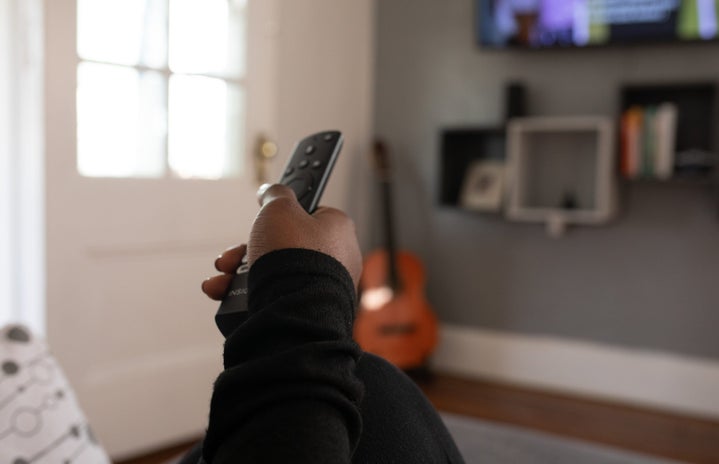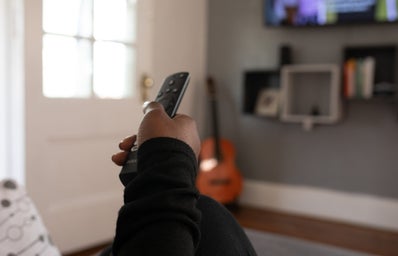In Canada, Slavery was abolished in 1834; however, in 2020, many Canadians often fail to recognize or challenge the mistreatment of minorities that still exists within our society. Canada promotes itself as a land of equal opportunity and congratulates itself on its inclusivity, particularly in contrast to the overt racism in the United States. However, just because Canadians are less likely to be overtly racist doesn’t mean that racism doesn’t exist. If we are silent in the face of discrimination against minorities, that silence is also racism, and our media are complicit in this willful blindness.
The media has become an increasingly pervasive aspect of our lives, shaping how we see ourselves and others. With digital media overtaking television consumption, the media’s implicit and explicit discrimination is even more problematic as the internet becomes ubiquitous. The media perpetuate a cycle of oppression and discrimination by misrepresenting minority groups through stereotyping and generalizing. This reinforces racism in society and may also cause young, impressionable viewers from these racialized groups to negatively view their cultural identity and role in society. The inaccurate portrayal of minority groups in television shows and the news ingrains a subtle but impactful bias in the minds of the mass audience by painting all members of a minority group with one brush.
Netflix, one of the largest entertainment services, offers over 13,900 titles to its 182 million subscribers; as of October 27, 2020, 68.8 million people watch CNN News on a day-to-day basis. These huge audiences give these entertainment and broadcasting services a lot of power, which can become very dangerous if the presented ideas are inaccurate.
For example, when acts of terrorism are committed around the world, the news tends to associate these extremists’ ideologies with specific groups prematurely. Often, when the extremists are brown or bearded men, the news will label them as Muslim. The millions of people who watch the news then subconsciously associate Islam with terrorism. Many media consumers will take one extremist’s actions and apply it to the 1.8 billion Muslims in the world. The stereotyping of this religious minority encourages the mistreatment of these people in society, whether children in school or adults in the workplace.
In addition to religious minorities, racial minorities, such as black people, continue to experience inequality partly due to stereotyping in the media. In the news, headlines also contribute to society’s prejudice, such as, “Black man gets 25 years to life for killing.” The labelling of the murderer with the colour of his skin, “black man”, is an example of how the media implicitly and carelessly associates crime with race. The millions of viewers that watch these TV shows and movies may subconsciously form a bias against black people for no other reason than them being misrepresented in the media this way. The labelling of minorities that exists, such as a black man as a killer, or a Muslim as a terrorist, is disproportionate to that of the white men who are also committing crimes.
In contrast, and for the purpose of juxtaposition, not only are white males portrayed less in the news as criminals, but when they are, sympathy and understanding are often shown. For example, in 2018, a white male opened fire in his former school, killing 17 people and wounding 14 more. The title of this report is, “Florida shooter Nikolas Cruz – psychopath, psychotic or traumatized?” Not only was this man’s name used rather than his race, but the question that follows implies that his actions should be discussed and perhaps forgiven because of a mental health disorder. This pathos that is shown for only the white man further emphasizes the inequality in society due to the media.
The stereotyping of minority groups in the media also negatively impacts the self-image of young children who belong to these groups. Children having brains like “soft, impressionable play-doh,” as author Rachel Newer describes, are susceptible to adopting underlying discriminatory ideologies that exist about the minority groups that are misrepresented, including their own. The portrayal of relatable characters, those belonging to the same group as the young audience, in a stereotypical role, harms the child’s self-identity and reinforces their association with these labels, resulting in them questioning their identity within a societal and cultural context.
Victims of discrimination experience day-to-day struggles of inequality in the workplace and kids in school receive snide comments that can be traumatizing or even life-threatening. If we do nothing, our tacit acceptance of discrimination becomes part of the problem. To abolish this silent oppression, we must educate ourselves, voice our opinions to spark discussion, and raise awareness about the subtle but prevalent discrimination in our society. We need to actively seek change rather than wait for others to make the changes we seek. The oppression that the media perpetuates will only continue to survive if we feed it with our silence.


